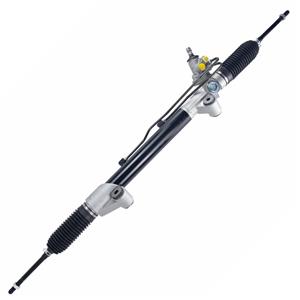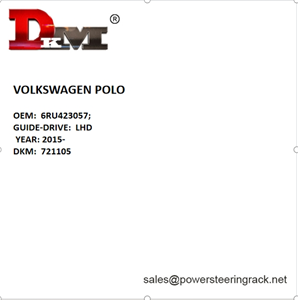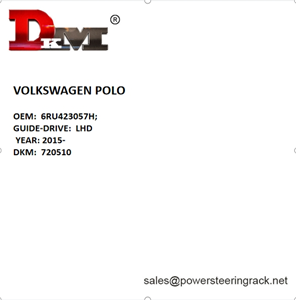Will a leak in the power steering fluid of a car cause a fire?
In the daily use of the vehicle, the power steering fluid, as a vital lubricant and hydraulic transmission medium in the hydraulic power system, plays a role in ensuring that the driver can steer easily. However, when the power steering fluid leaks, it may cause a series of problems, including steering difficulties and system wear. More seriously, some car owners or professional technicians may worry whether the leakage of the power steering fluid will cause a vehicle fire.
This article will explore this issue in detail, analyze the potential correlation between power steering fluid leakage and fire, and explain how to deal with the risk of leakage.
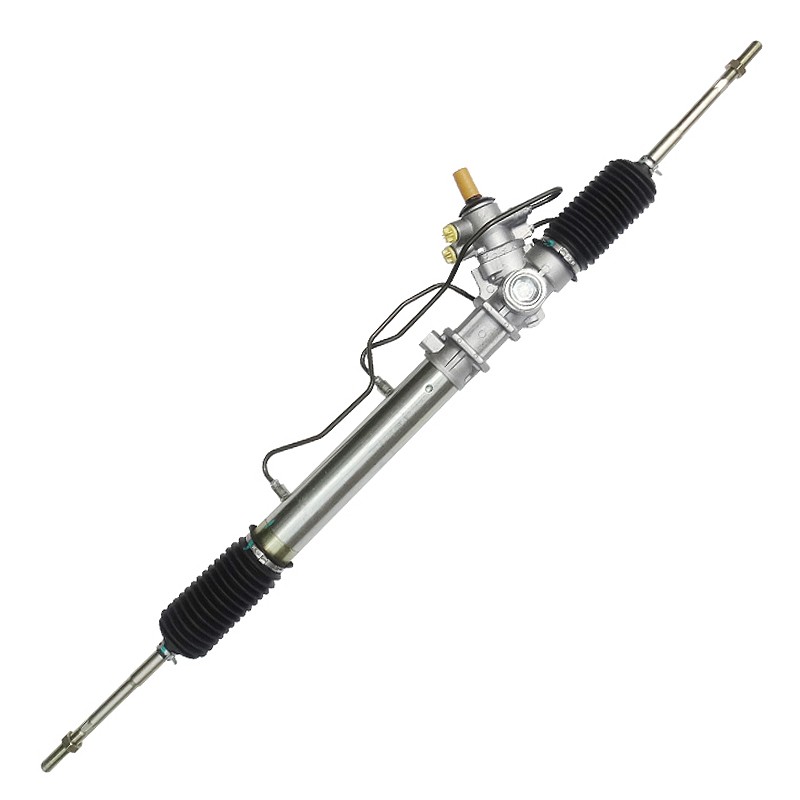
What is power steering fluid?
Before discussing the possibility of a fire caused by a power steering fluid leak, it is necessary to understand the composition and function of power steering fluid. Power steering fluid is a special hydraulic oil that usually has good lubricity, oxidation resistance and anti-foaming properties. Its main functions are:
1. Transmit hydraulic pressure: The power steering system relies on fluid to generate hydraulic pressure to help the driver get extra power when turning the steering wheel.
2. Lubricate system components: Power steering fluid can lubricate various components in the system, including pumps, gear racks, etc., to reduce mechanical wear.
3. Cooling system: The power steering fluid flows continuously in the system, which also helps to dissipate heat and prevent the power steering system from malfunctioning due to overheating.
Power steering fluid is usually a synthetic fluid or mineral oil with a high viscosity to ensure that it can still maintain good performance under high temperature and high pressure conditions. However, this type of fluid is also flammable, which is why car owners are worried that its leakage may cause a fire.
What are the causes of power steering fluid leakage?
Power steering fluid leakage is a relatively common problem and usually occurs in the following situations:
1. Aging of seals: Rubber seals in the power steering system will gradually age and crack over time, causing fluid leakage.
2. Damaged hoses: Hydraulic hoses in the system may wear or break due to long-term exposure to high pressure, vibration or external environment, causing fluid leakage.
3. Loose connection points: Power steering fluid circulates in the system through multiple connection points. If these connection points are not tightened or affected by external forces, fluid leakage may also occur.
4. Pump failure: Damage to the power steering pump or shaft seal failure can also cause fluid leakage, especially when leakage is found near the pump, where pump damage is often the main cause.
When these problems occur, the fluid will overflow from the leak and accumulate at the bottom of the vehicle or in the nearby area. Due to the flammability of power steering fluid, some car owners may worry about whether the leaking fluid will contact the hot engine or other hot parts, which will cause a fire.
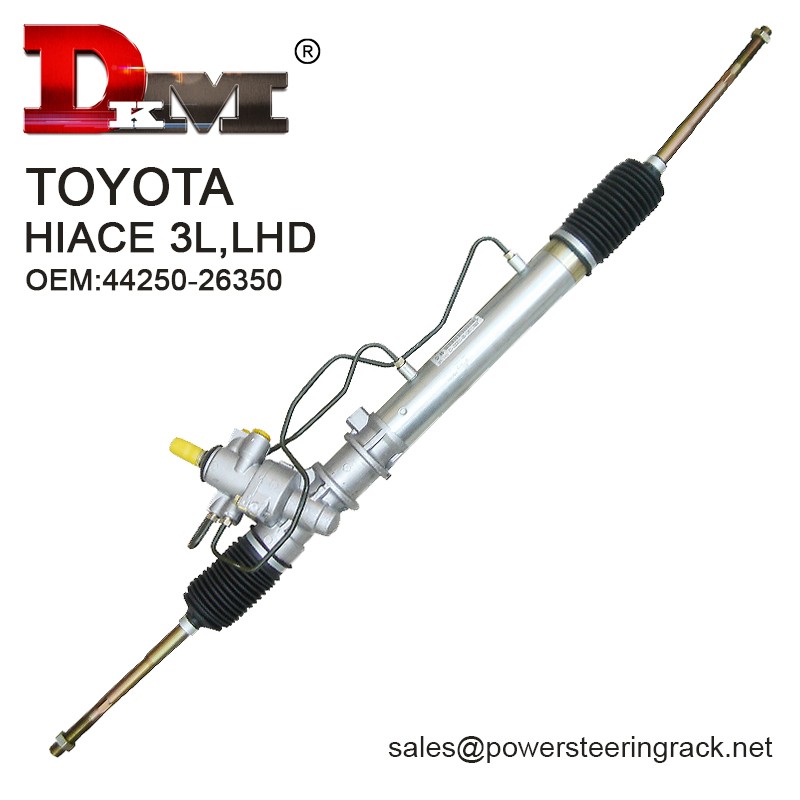
Can a car power steering fluid leak cause a fire?
As an oily liquid, power steering fluid does have a certain degree of flammability. However, whether a fire will be caused by its leakage depends on many factors, including the amount of leakage, the location of the leakage, the operating condition of the vehicle, and whether the fluid contacts the ignition source.
Flammability of power steering fluid
The main components of power steering fluid are mineral oil or synthetic oil, which become more flammable in high temperature environments. When power steering fluid leaks into the engine compartment or the bottom of the vehicle, especially near hot parts such as the exhaust pipe, engine, spark plugs, etc., there is indeed a potential risk of causing a fire. The exhaust pipe and engine, etc. can reach temperatures of hundreds of degrees Celsius during normal operation. If the power steering fluid comes into contact with these hot surfaces, it may volatilize and form flammable gases, which may ignite under certain conditions.
The amount of power steering fluid leakage and fire risk
Although power steering fluid is flammable, the amount of leakage usually has a direct impact on the fire risk. Generally speaking, a small amount of fluid leakage will not immediately cause a fire. The leaked fluid may evaporate or disperse instead of accumulating and burning directly on the hot parts. However, if the leakage is large, especially if the fluid continues to accumulate and directly contacts the hot surface, the fire risk increases significantly.
High-temperature engine and the presence of ignition sources
The hot components in the engine compartment of the vehicle are the main ignition sources for power steering fluid leakage fires. If the fluid leak occurs near the exhaust system or spark plugs, the fluid may contact these parts and ignite. In addition, when the vehicle is started, sparks generated by the electrical system may also become an ignition source for the combustion of the fluid.
In some extreme cases, if the power steering fluid leaks a large amount and directly contacts the engine or the exhaust pipe, it may cause a fire. For example, when the vehicle is driving, the leaked fluid is blown onto the exhaust pipe. When it encounters high temperature, the liquid quickly evaporates and forms flammable gas. Once ignited by a spark, this gas may burn quickly.

How to prevent power steering fluid leakage from causing fire?
In order to avoid the risk of fire caused by power steering fluid leakage, car owners should take some precautions. Here are some suggestions to help car owners reduce the risk of fire caused by leakage:
Check the power steering system regularly
Power steering fluid leakage is usually caused by wear inside the system, aging of seals or damaged hoses. Car owners should regularly check the condition of the power steering system, especially the condition of seals and hoses. If there are signs of fluid leakage, they should be handled immediately to avoid fluid leakage on hot parts.
Maintain the correct level of fluid
Check the power steering fluid level regularly and make sure it is within the manufacturer's recommended range. If the fluid level is found to drop rapidly, you should suspect that there may be a leak inside the system and repair it in time. Too low a fluid level will not only affect the normal operation of the system, but may also cause overheating inside the system due to lack of fluid, increasing the risk of fire.
Replace aging parts in time
If the seals or hoses of the power steering system have aged or worn, the owner should replace these parts in time. Aging seals will cause the fluid to leak continuously, while ruptured hoses may cause a large amount of fluid to leak. By replacing aging parts, the risk of leakage can be effectively reduced.
Avoid contact between fluid and high-temperature parts
If the power steering fluid leak occurs in areas close to the engine, exhaust pipe or other high-temperature parts, the owner should be particularly vigilant. Once the fluid is found to be leaking to these parts, the vehicle should be stopped immediately and the source of the leak should be checked to avoid further driving. If the leak is serious, the vehicle should be sent to a professional repair station for inspection to prevent fire.
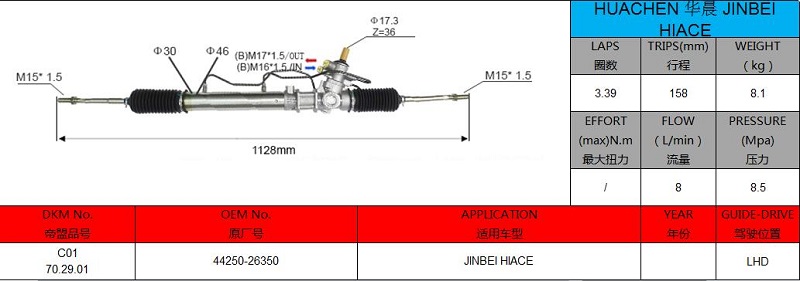
How to deal with power steering fluid leakage?
When the owner finds that the power steering fluid is leaking, in addition to taking preventive measures, he should also understand some emergency treatment methods to reduce the harm caused by the leak, especially in the case of a possible fire:
Stop and check immediately
Once the power steering fluid is found to be leaking, the owner should immediately park the vehicle in a safe place and turn off the engine. At this time, the location of the leak should be checked to determine whether the fluid has come into contact with high-temperature parts. If the fluid has leaked a large amount near the engine compartment or chassis, the vehicle should be avoided from starting.
Prevent the liquid from spreading
If the leak occurs on the roadside or in a parking lot, the owner can try to temporarily absorb the spilled liquid with absorbent materials (such as towels, paper towels, etc.) to prevent it from spreading further to high-temperature parts such as the engine. If the leak is severe, try to avoid touching the liquid to prevent danger.
Contact a professional repairman
Power steering fluid leaks are not a problem that can be solved by yourself. The owner should contact a professional repairman or roadside assistance service to tow the vehicle to a repair station for repair. Professional technicians can find the source of the leak and make necessary repairs and replacements to ensure the safety of the vehicle.
Avoid using flammable materials for cleaning
If the liquid leaks into the engine compartment, the owner should avoid using flammable materials for cleaning. Many detergents and solvents are inherently flammable and may cause secondary fires at high temperatures. Therefore, it is best to have a professional clean up.
Steering Gear Solutions at Low Prices
Looking for a reliable and affordable supplier of power steering gears? Guangdong Diamond Auto Parts Co., Ltd. (DKM) is your answer. As a leading manufacturer established in 1996, we specialize in producing high-quality steering systems for cars from global brands like Toyota, Honda, and Mitsubishi. With a strong focus on automation and efficiency, we can provide customized solutions at competitive prices. Our factory in Foshan, China, is equipped with advanced machinery, ensuring high-quality products at low costs!


